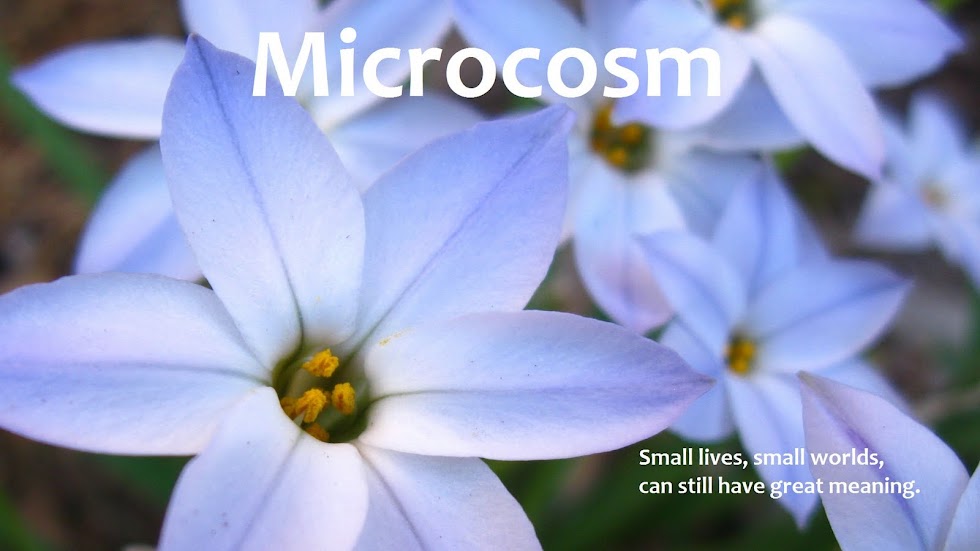or E Pluribus Unum
The only bow I'm taking in the direction of Plymouth Rock, Massachusetts, this Thanksgiving: dried cranberries. The other ingredients for the salsa—oranges from California, pecans from Georgia, red chile powder from here in New Mexico—come from parts of the country that never really had a share in the narrow slice of history behind Thanksgiving Day. While the locavore in me—the part that believes in eating foods grown as locally as possible, with the emphatic exception of coffee—is appalled at the distance these foods have traveled to be prepared in my kitchen, the American quite likes the "melting pot" aspect to this side dish. It is sweet and savory, tart and spicy. It goes amazingly well with everything.*
Since moving to New Mexico, I've looked at Thanksgiving with new eyes. Several of my acquaintances have ancestors who came over with the Conquistadors, who weren't exactly proponents of religious freedom. They were here to find wealth and make converts, both by force. They were soldiers or priests, with the power of the Crown and the Pope behind them, and they were here decades before the Puritans established the Plymouth colony. Yet, 450 plus years later, their descendants serve turkey and cranberries (and probably posole) with enthusiasm.
Other acquaintances are Navajo or Pueblo Indians. They are twice separated from the Thanksgiving story: their experience of Europeans was Spanish, not British, and in any case, they see little cause to be thankful for the invasion of their lands and the decimation of their peoples. They may observe Thanksgiving with caveats—with an awareness of loss that cuts to the bone—yet many of them observe it. Like the Spaniards' descendants, they, too, might serve posole, a native food. Their thanks-givings foreground a joyful recognition of harvest, and they acknowledge centuries' worth of pain without closing the door to hope. They balance the need for change with keeping the faith, with taking the steps so that harmony can prevail.
I asked an acquaintance—a descendant of Coronado—why he embraced Thanksgiving so heartily, when it wasn't the history of his ancestors. He said, "Because I'm American, so it
is my story, and it's such a great story to boot."
And it
is a great story, the way it was taught to us in childhood. At its core, Thanksgiving is all about a belief in Utopia—a Utopia that we ourselves can bring into being. We absorb that myth of Thanksgiving in our first years of school. We learn about the Pilgrims fleeing persecution because of their beliefs, and about their first horrible winter of privation, illness, and death in the New World; about the kindness of Tisquantum (Squanto) and the Wampanoag peoples in sharing their know-how, which helped create a glorious harvest the next year; and about how all sat down together to enjoy the blessings of friendship and plenty, knowing that the coming winter would be a better one. And beyond that, who could say? It was a whole New World out there, and anything could happen—with a little hard work, a little friendship, and by the grace of God, Utopia was theirs to create.
Of course, as we grow older, we discover that the myth is, in fact, mythical. The meal was not a meeting of equals and, though relations between the initial colony and the Wampanoag were relatively peaceful for 50 years, it hardly presaged harmony among nations; the persecution of the Puritans in England was as much political as it was religious, and the Puritans were happy (in a dour sort of way) to persecute others in their turn; the New World had a horrible dark side of slavery and genocide; and Utopia turned out to be a pipe-dream, in part because it was envisaged by Puritans, who wouldn't have recognized Utopia if it had bitten them in...some place that they probably wouldn't have approved of.
But we still grew up believing in that story, no matter what part of the country we grew up in, or what our personal history; just as we embrace all kinds of stories, not only the ones that pertain directly to us. For a day, even if only deep-down, we imagine what it must be like to sit on the edge of a continent, purposefully putting the past behind us, knowing that none of the former rules need apply; knowing also that while the risks of death and disaster are great, the possibilities are just as endless; that we can create a world that reflects our deepest values, and not just the history we've inherited; that while that future might sink before our limitations, it also might rise beyond our grandest dreams. (And the dreams in such a situation can be grand indeed.) Underlying every Thanksgiving dinner, no matter how deeply, and if only for a day, the heart of that myth endures: a respect for past sacrifice, a joy in current plenty, and a belief that the future is still a whole New World—that anything can happen.
My favorite Thanksgiving happened while I was a graduate student, when I was one of only two or three Americans at a long table of celebrants. World accents as rich and savory as the American turkey, the Israeli lamb and couscous, the Welshman's mushy peas, the Italians' handmade pasta, enlivened the meal. It was every bit as American a Thanksgiving as the ones I had experienced in my parents' home—as American as cranberry salsa, as we like to say—because of the spirit of adventure and discovery and camaraderie we all shared.
Because of our belief that tomorrow could well be a whole new world, and that anything might happen.
Happy Thanksgiving, my friends.
__________________
* My sister (in whose home I'll be spending Thanksgiving) has Vegemite on hand, and I admit to some serious doubts about how well cranberry salsa will go with Vegemite. If the results are not too graphic, I will report on them in a footnote sometime next week.








